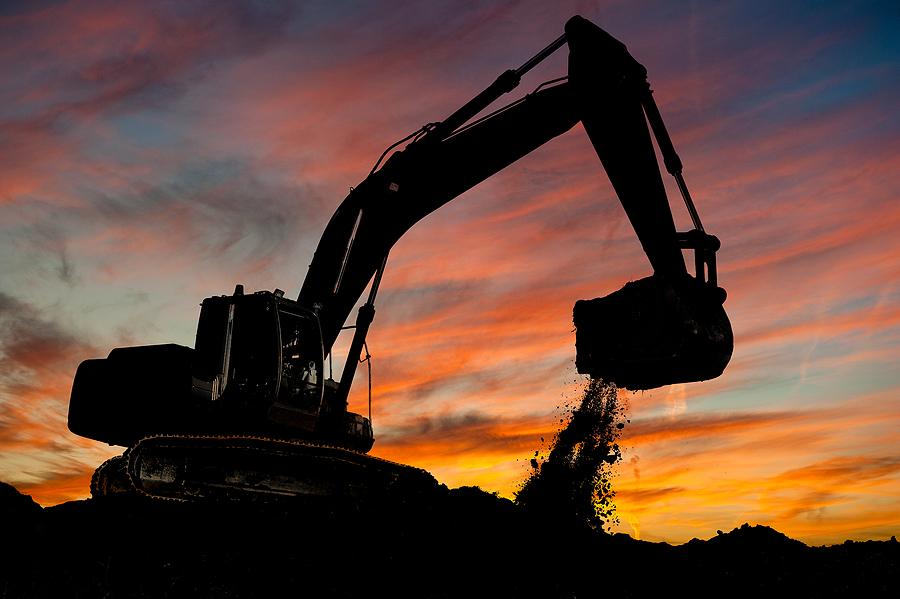Form follows function in the world of plant machinery, and the shape and size of a piece of heavy equipment is based on its intended purposes.
The Bobcat’s famed manoeuvrability and small size meant it could be used on the second floor of a turkey barn, whilst the Terex Titan, by contrast, was designed to haul vast amounts of iron across open pit mines.
The largest ever excavator, and the second largest vehicle of any kind in the world, is the Bagger 293, which is a gargantuan bucket-wheel excavator that was seemingly designed to generate lists of superlatives.
It is the heaviest vehicle ever made, cost £90m to make, can move 240,000 cubic metres of earth per day, is 225 metres long, 96 metres high and is so large it is powered by its own external coal power plant. This sheer size means that it travels at a top speed of 10 metres per second.
Amazingly enough, it is one of six similarly designed machines which all share the Bagger name and sheer scale, all of which are still regularly used and have been since at least 1995. Even more remarkably, these gigantic machines are each controlled by a team of just five people.
All six Bagger machines function as bucket-wheel excavators, a specific type of digging machine used in open-pit mines and quarries.
They have an arm featuring several buckets, which spin and move vast amounts of earth very quickly, exposing lignite (brown coal) and moving the material onto conveyor belts where it can be relocated away from the site.
They avoid the need for rock blasting, as is common in other mining operations, and allow for a greater level of consistency in operations, something that is essential to maintain access to a material that is in constant demand.
The only larger vehicle ever made was the Overburden Conveyor Bridge F60, part of the same operations as Bagger 293 and used to transport the waste excavated by the Bagger machines to be processed.

